Home>Garden Essentials>When To Plant Bluebonnet Seeds
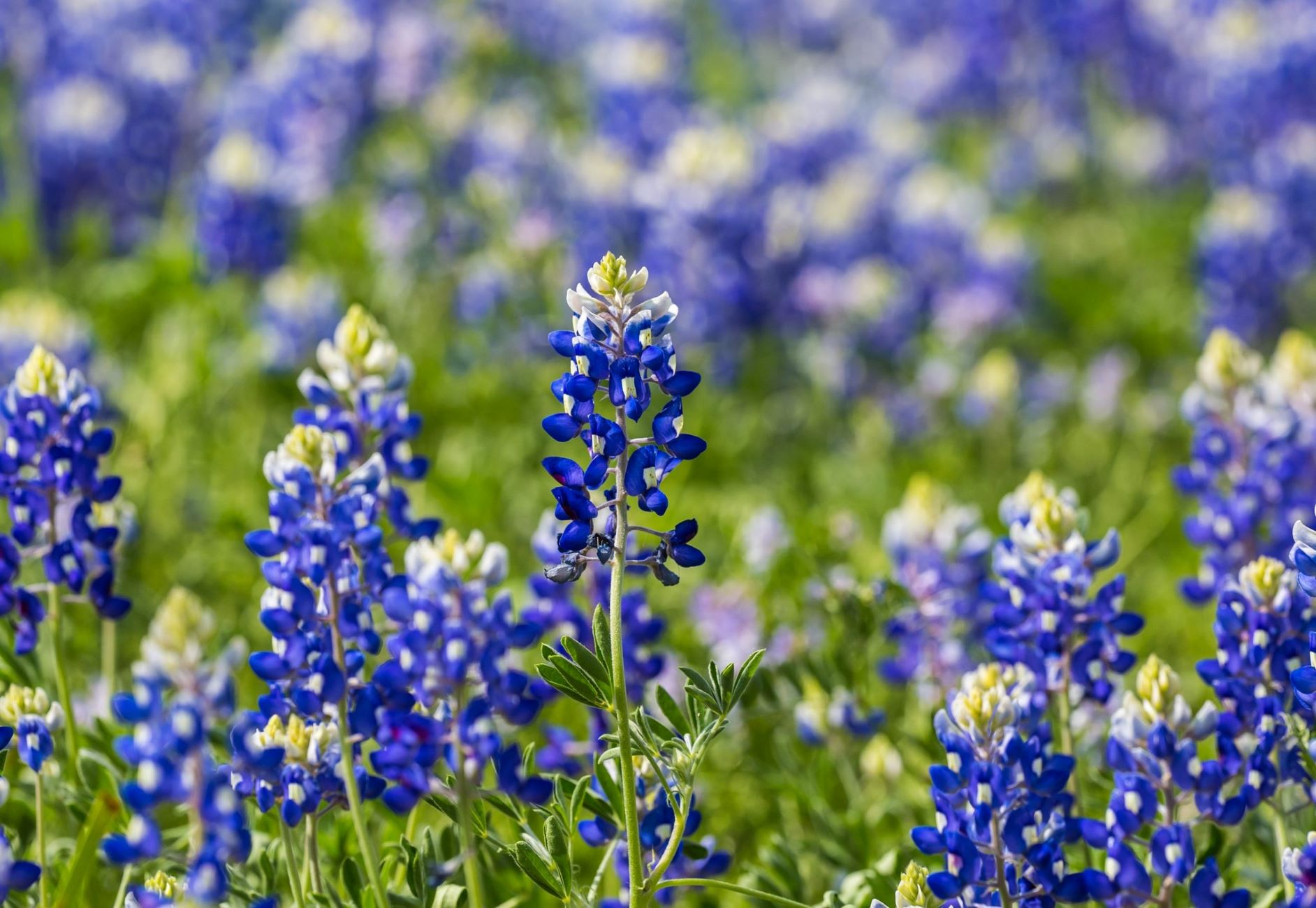

Garden Essentials
When To Plant Bluebonnet Seeds
Modified: March 16, 2024
Looking to add blue bonnets to your garden? Learn the ideal time to plant blue bonnet seeds and enjoy a vibrant floral display in your garden.
(Many of the links in this article redirect to a specific reviewed product. Your purchase of these products through affiliate links helps to generate commission for Storables.com, at no extra cost. Learn more)
Introduction
When it comes to adding vibrant colors to our gardens, blue bonnets are an excellent choice. With their striking blue hues and delicate petals, these flowers can create a stunning visual display. Whether you’re a seasoned gardener or just starting out, planting blue bonnet seeds can be a rewarding experience.
Blue bonnets, also known as Lupinus texensis, are native to Texas but can be grown in various regions with the right conditions. These wildflowers are a symbol of Texas pride, and their beauty attracts garden enthusiasts and nature lovers alike. But before you embark on your blue bonnet gardening adventure, there are a few important factors to consider.
In this article, we will explore when the best time is to plant blue bonnet seeds, the ideal soil and temperature conditions, the steps for planting, common mistakes to avoid, and how to care for blue bonnet seedlings. By the end, you’ll have all the information you need to successfully grow these magnificent flowers in your garden.
Key Takeaways:
- Plant blue bonnet seeds in fall for strong root growth, or in early spring for quicker germination. Prepare well-drained soil, avoid overwatering, and provide full sun for vibrant blooms.
- Care for blue bonnet seedlings by watering gently, mulching for moisture retention, and allowing for natural reseeding. Harvest mature seeds for future propagation and enjoy the beauty of these flowers.
Read more: When Do You Plant Bluebonnet Seeds In Texas
Factors to Consider Before Planting Blue Bonnet Seeds
Before you start planting blue bonnet seeds, it’s important to consider a few key factors that can greatly influence their growth and overall success in your garden. Taking these factors into account will help ensure that your blue bonnets thrive and provide you with a colorful and beautiful display.
- Climate: Blue bonnets are known to thrive in areas with a mild climate. They prefer full sun exposure and moderate temperatures, typically between 60°F and 80°F (15°C to 27°C). If you live in a region with extreme temperatures or frequent frost, it may be challenging to grow blue bonnets without providing additional protection.
- Soil Type: Blue bonnets prefer well-drained soils with a neutral to slightly alkaline pH level. They do best in sandy or loamy soils that allow for proper drainage. If your soil is heavy clay or compacted, consider amending it with organic matter to improve drainage and create a favorable environment for blue bonnet growth.
- Watering: Blue bonnets are drought-tolerant plants, but they still require regular watering during their early stages of growth. Once established, they can tolerate periods of dryness. However, it’s essential to strike a balance and avoid overwatering, as this can lead to root rot and other issues. Monitor the moisture levels of the soil and water your blue bonnets accordingly.
- Competition: Blue bonnets are wildflowers that thrive in open areas with minimal competition from other plants. Before planting blue bonnet seeds, ensure that the selected location is free from tall grasses, weeds, or other aggressive plants that could stifle their growth. Clearing the area and creating a suitable environment will give your blue bonnets a better chance of flourishing.
By considering these factors, you can create an optimal growing environment for your blue bonnets. Remember, providing the right conditions before planting will set the stage for successful growth and beautiful blooms.
Best Time of Year to Plant Blue Bonnet Seeds
The timing of when you plant blue bonnet seeds plays a crucial role in their growth and blooming cycle. To ensure the best chances of success, it’s important to plant them at the right time of year.
In regions with mild climates, such as Texas and the southern United States, the best time to plant blue bonnet seeds is in the fall. This allows the seeds to establish a strong root system during the cooler months, resulting in healthy and robust plants in the spring. Planting in the fall also mimics the natural cycle of blue bonnets, as they typically germinate in the fall and bloom in the spring.
If you live in a region with harsh winters or short growing seasons, it might be best to plant blue bonnet seeds in early spring. This gives the seeds a chance to germinate and grow before the warmer temperatures arrive. However, keep in mind that planting in the spring may delay their bloom time, as they will have a shorter period to establish themselves before flowering.
Regardless of whether you plant in the fall or spring, it’s important to prepare the soil properly beforehand. Clear the area of any debris, weeds, or vegetation, and loosen the soil with a rake or garden fork. This will create a suitable bed for the seeds and allow for better root penetration.
Once the seeds are scattered or sown, lightly press them into the soil to ensure good seed-to-soil contact. Avoid burying the seeds too deeply, as blue bonnet seeds require light for germination. Water the area gently after planting, and continue to water as needed to keep the soil consistently moist until the seeds germinate.
By timing your blue bonnet seed planting correctly, you can encourage strong growth and abundant blooms. Be sure to follow the specific recommendations for your region and climate, and enjoy the beauty of these lovely flowers in your garden.
Ideal Soil and Temperature Conditions for Planting
Creating the right soil and providing the ideal temperature conditions is crucial for successfully planting blue bonnet seeds. This will ensure that the seeds have the best chance of germinating, establishing strong roots, and producing beautiful blooms.
Soil: Blue bonnets thrive in well-drained soils that are slightly acidic to neutral. Sandy or loamy soils work best because they provide good drainage and allow the roots to penetrate easily. If your soil tends to be heavy clay or compacted, you can improve its drainage by adding organic matter, such as compost or peat moss. This will enhance soil structure, promote proper root development, and prevent waterlogging, which can lead to root rot.
Temperature: Blue bonnets are native to warm climates and prefer moderate temperatures. They thrive in regions with temperatures between 60°F and 80°F (15°C to 27°C). It’s important to avoid planting blue bonnet seeds in extreme heat or frost-prone conditions. In colder regions, it’s best to wait until the spring when the soil has warmed up sufficiently for germination.
It’s also important to note that blue bonnets require a period of cold stratification to break dormancy and encourage germination. This is nature’s way of ensuring that the seeds sprout when conditions are favorable. In regions with mild winters, the seeds can experience this cold period naturally. However, if you live in an area with milder winters, you can simulate cold stratification by placing the seeds in a plastic bag or airtight container and refrigerating them for a few weeks before planting. This will help to break the seed’s dormancy and enhance germination rates.
Overall, providing well-drained soil and the right temperature conditions are essential for successful blue bonnet seed planting. By creating a favorable environment, you can increase the chances of healthy growth and vibrant blooms. Remember to monitor the soil moisture levels and provide adequate water, but avoid overwatering, as this can lead to root problems. With proper care, your blue bonnet seeds will thrive and reward you with a stunning floral display.
Steps for Planting Blue Bonnet Seeds
Planting blue bonnet seeds is a relatively straightforward process that can be done by following a few simple steps. By following these steps, you can ensure proper seed-to-soil contact and create an optimal environment for germination and growth.
1. Prepare the soil: Start by choosing a well-drained location with full sun exposure for your blue bonnet seeds. Remove any debris, weeds, or grass from the area. Loosen the soil with a rake or garden fork to a depth of about 4 to 6 inches (10 to 15 cm). This will provide an ideal bed for the seeds and allow for proper root development.
2. Scatter or sow the seeds: Blue bonnet seeds can be scattered loosely over the prepared soil or sown individually at a depth of about 1/8 to 1/4 inch (3 to 6 mm). Avoid burying the seeds too deeply, as they require light for germination. If sowing individually, space the seeds about 6 to 8 inches (15 to 20 cm) apart to allow for adequate air circulation and growth.
3. Lightly press the seeds into the soil: After scattering or sowing the seeds, gently press them into the soil with your hand or a garden tool. This will ensure good seed-to-soil contact and help the seeds absorb moisture for germination.
4. Water the area: After planting the seeds, water the area gently to provide moisture for germination. It’s important to keep the soil consistently moist but not soggy. Use a watering can or a gentle spray to avoid displacing the seeds or washing them too deeply into the soil.
5. Monitor and care for the seedlings: As the seeds germinate and the seedlings emerge, continue to monitor their progress. Keep the soil moist but avoid overwatering, as this can lead to root rot. Once the seedlings have established a few inches of growth, you can gradually reduce the frequency of watering.
6. Thin the seedlings (optional): If the seedlings are overcrowded, you may choose to thin them out to allow for better airflow and prevent competition for nutrients. Carefully remove some of the weaker seedlings, leaving only the strongest ones to grow and flourish.
By following these steps and providing proper care and attention, you can successfully plant blue bonnet seeds and watch as they transform into beautiful flowering plants. Remember to be patient, as germination and growth can take time. With the right conditions and a little TLC, your blue bonnets will reward you with a stunning display of vibrant colors.
Plant blue bonnet seeds in the fall, between September and November, for best results. This will give the seeds time to establish before the hot summer months.
Read more: When To Plant Gaillardia Seeds
Common Mistakes to Avoid When Planting Blue Bonnet Seeds
Planting blue bonnet seeds can be an exciting endeavor, but it’s important to be aware of common mistakes to ensure the best chances of success. Avoiding these mistakes will help your blue bonnets thrive and produce beautiful blooms. Here are some common mistakes to avoid when planting blue bonnet seeds:
1. Planting in poor soil: Blue bonnets prefer well-drained soil with a neutral to slightly alkaline pH. Avoid planting in heavy clay or compacted soil, as this can lead to poor drainage and hinder root development. Prepare the soil beforehand by adding organic matter to improve its texture and fertility.
2. Overwatering: While it’s crucial to keep the soil moist for germination, overwatering can lead to root rot and other problems. Blue bonnets are drought-tolerant once established, so only water as needed and allow the soil to dry out slightly between waterings. Be mindful of the moisture levels and adjust your watering accordingly.
3. Planting too deep: Blue bonnet seeds require light for germination. Planting them too deep in the soil can prevent proper germination and hinder their growth. Follow the recommended planting depth of about 1/8 to 1/4 inch (3 to 6 mm) and gently press the seeds into the soil for good seed-to-soil contact.
4. Planting in shady areas: Blue bonnets thrive in full sun and require at least 6 to 8 hours of direct sunlight each day. Avoid planting them in shady areas or under heavy shade from trees or buildings. Lack of sunlight can result in weak growth and fewer blooms.
5. Neglecting weed control: Weeds can compete with blue bonnets for nutrients, water, and sunlight. It’s essential to keep the area around your blue bonnet plants free from weeds. Regularly remove any weeds that appear, taking care not to disturb the seedlings or young plants.
6. Failing to thin overcrowded seedlings: If you notice that your blue bonnet seedlings are overcrowded, it’s important to thin them out. Overcrowding can lead to stunted growth and reduced airflow, making plants more susceptible to diseases. Gently remove some of the weaker seedlings, leaving space for the stronger ones to thrive.
By avoiding these common mistakes, you can give your blue bonnets the best possible start and enjoy a lush and vibrant garden filled with these beautiful flowers. Remember to provide them with the right conditions, regular care, and a little patience, and you’ll be rewarded with a stunning display of blue bonnet blooms.
Caring for Blue Bonnet Seedlings
Once your blue bonnet seeds have germinated and the seedlings have emerged, proper care is essential to ensure their healthy growth. Here are some important tips to consider when caring for blue bonnet seedlings:
1. Watering: Seedlings need consistent moisture to establish a strong root system. Water the seedlings gently and regularly, keeping the soil evenly moist but not waterlogged. Avoid overwatering, which can lead to root rot. As the seedlings grow and become more established, gradually reduce the frequency of watering.
2. Mulching: Applying a layer of organic mulch around the base of the seedlings can help retain moisture, regulate soil temperature, and suppress weed growth. Use a thin layer of mulch, such as straw or shredded bark, being careful not to smother the seedlings. Leave a small gap around the stem to prevent rot.
3. Fertilizing: Blue bonnets are generally low-maintenance plants and do not require heavy fertilization. However, you can apply a balanced, slow-release fertilizer once the seedlings have a few weeks of growth. Follow the manufacturer’s instructions for application rates and frequency. Avoid over-fertilizing, as this can lead to excessive foliage growth at the expense of blooms.
4. Pruning: Blue bonnets generally do not require extensive pruning. However, if the seedlings become leggy or develop weak stems, you can gently pinch them back to promote bushier growth. Avoid pruning heavily once the seedlings have formed flower buds, as this can reduce the number of blooms.
5. Supporting the plants: As the blue bonnet seedlings grow taller, you may need to provide support to prevent them from bending or flopping over. Using stakes or small trellises, carefully tie the stems to the support to keep them upright. Be gentle to avoid damaging the delicate stems.
6. Protecting from pests and diseases: Blue bonnets are generally resistant to pests and diseases. However, it’s important to monitor the seedlings for any signs of trouble, such as aphids or fungal infections. If necessary, treat the issue promptly with appropriate organic pest control methods or fungicides.
7. Allowing for natural reseeding: Blue bonnets naturally reseed themselves, allowing for their continued growth year after year. To facilitate this process, allow some of the seed pods to mature and dry on the plants. Once the pods have turned brown and are starting to split open, you can collect the seeds for future planting or allow them to drop naturally, ensuring the next generation of blue bonnets.
With proper care and attention, your blue bonnet seedlings will develop into robust plants, ready to bloom and fill your garden with their breathtaking colors. Regular watering, light fertilization, minimal pruning, and vigilance against pests and diseases will help ensure their health and longevity.
How to Harvest Blue Bonnet Seeds
Harvesting blue bonnet seeds is a delightful way to propagate these beautiful flowers and share their vibrant blooms with others. By following these steps, you can successfully collect mature seeds from your blue bonnet plants:
1. Timing: Wait until the blue bonnet plants have finished flowering and the seed pods have begun to mature. This usually occurs in late spring or early summer. The seed pods will turn brown and start to dry out, indicating that the seeds are ready for harvest.
2. Collecting the seed pods: Gently bend the stems of the blue bonnet plants towards a container or a clean paper bag. This will help catch any seeds that may be released as the pods are harvested. Use your fingers or small garden shears to cut the seed pods from the plant. Place the harvested seed pods into the container or bag, being careful not to crush or damage them.
3. Drying the seed pods: Once you have collected the seed pods, place them in a well-ventilated area with low humidity to dry. Spread the pods out in a single layer on a clean tray or a mesh screen. Allow them to dry completely for approximately one to two weeks. This will ensure that the seeds are fully mature and ready for storing.
4. Breaking open the seed pods: Once the seed pods are dry, gently squeeze or twist them to release the blue bonnet seeds. Some seed pods may split open naturally, while others may require a bit of pressure to break open. Be careful not to lose any seeds during this process. Collect the extracted seeds in a clean container or envelope.
5. Storing the seeds: Place the harvested blue bonnet seeds in a labeled, airtight container or envelope. Store the container in a cool, dry location away from direct sunlight. Properly stored blue bonnet seeds can remain viable for several years, allowing you to use them for future plantings or share them with fellow gardeners.
6. Propagating with the seeds: Blue bonnet seeds can be directly sown in the garden bed where you desire their growth. Prepare the soil as recommended for planting blue bonnet seeds, scatter or sow the seeds at the appropriate depth, lightly press them into the soil, and water gently. Follow the guidelines for soil preparation, watering, and caring for blue bonnet seedlings discussed earlier in this article.
By harvesting and properly storing blue bonnet seeds, you can continue to enjoy the beauty of these incredible flowers for years to come. Remember to allow some of the seed pods to mature and drop naturally, contributing to the reseeding process and the perpetuation of blue bonnet growth in your garden.
Conclusion
Growing blue bonnets from seeds can be a rewarding and fulfilling gardening experience. As you have learned, there are several key factors to consider when planting blue bonnet seeds, such as the climate, soil conditions, and timing. By providing the right conditions and care, you can enjoy the exquisite beauty of these flowers in your own garden.
Remember to choose a location with full sun exposure, prepare the soil properly, and plant the seeds at the appropriate depth. Avoid common mistakes like overwatering, planting in poor soil, and neglecting weed control. By caring for the seedlings, providing adequate water, and protecting them from pests and diseases, you will encourage healthy growth and ensure a stunning display of blue bonnet blooms.
Additionally, don’t forget about the opportunity to harvest blue bonnet seeds and propagate these magnificent plants. Harvesting the seeds at the right time, drying them properly, and storing them in a cool and dry place will allow you to continue growing blue bonnets and share their beauty with others.
Whether you are a seasoned gardener or just starting your journey, planting blue bonnet seeds offers a delightful way to enhance your garden and connect with nature. By following the steps and tips outlined in this article, you can cultivate a vibrant and thriving display of blue bonnets that will bring joy and beauty to your outdoor space.
So, roll up your sleeves, prepare your soil, scatter those blue bonnet seeds, and watch as your garden transforms into a sea of mesmerizing blue hues. Happy planting!
Frequently Asked Questions about When To Plant Bluebonnet Seeds
Was this page helpful?
At Storables.com, we guarantee accurate and reliable information. Our content, validated by Expert Board Contributors, is crafted following stringent Editorial Policies. We're committed to providing you with well-researched, expert-backed insights for all your informational needs.









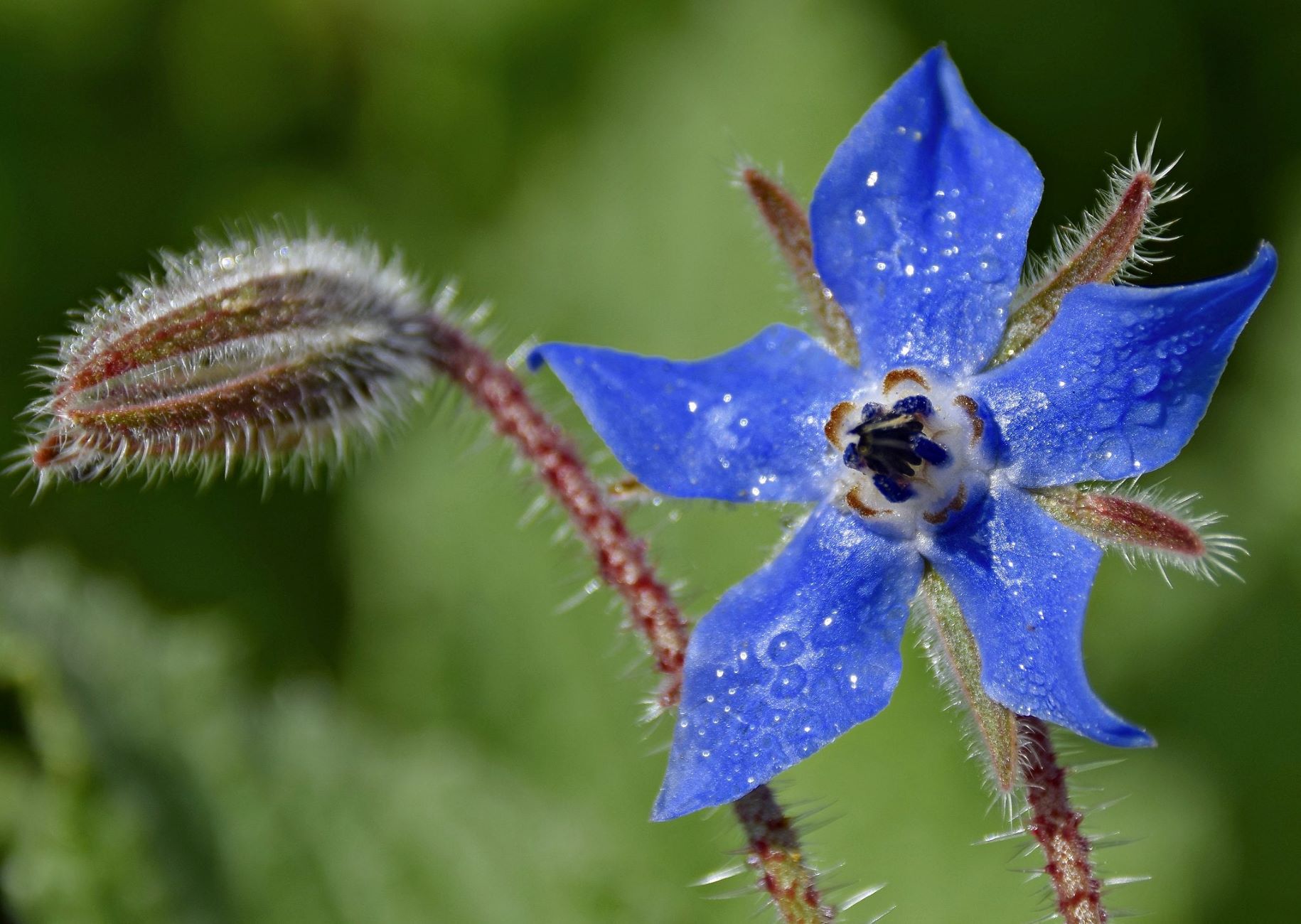
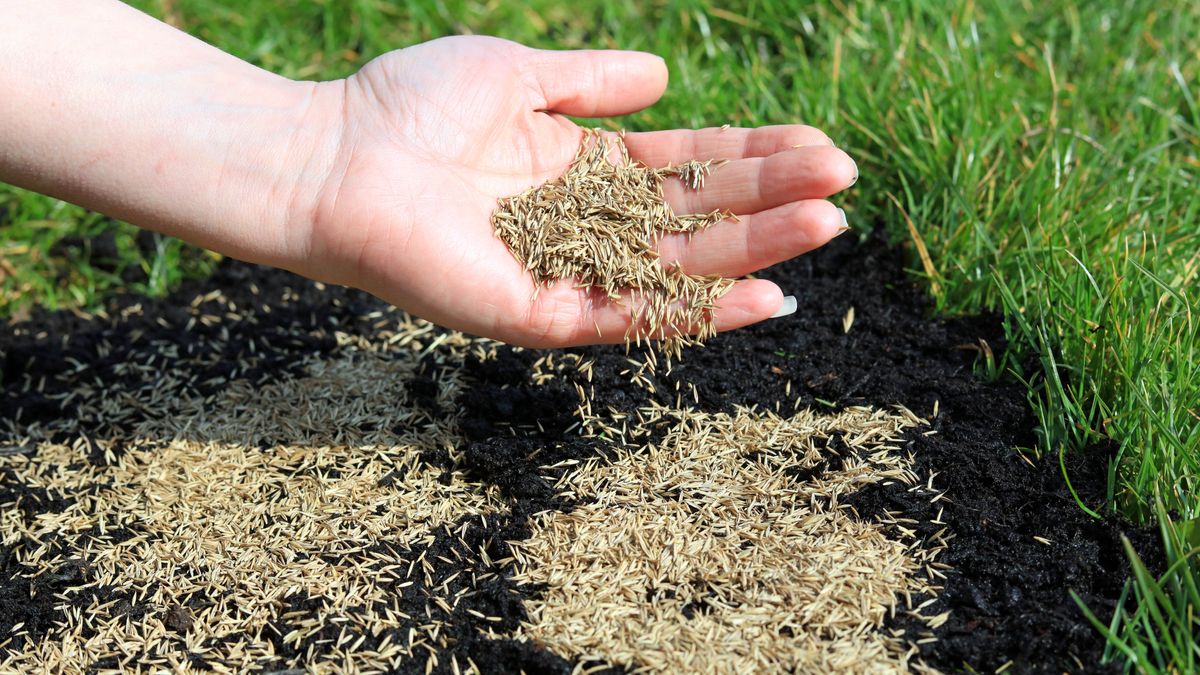
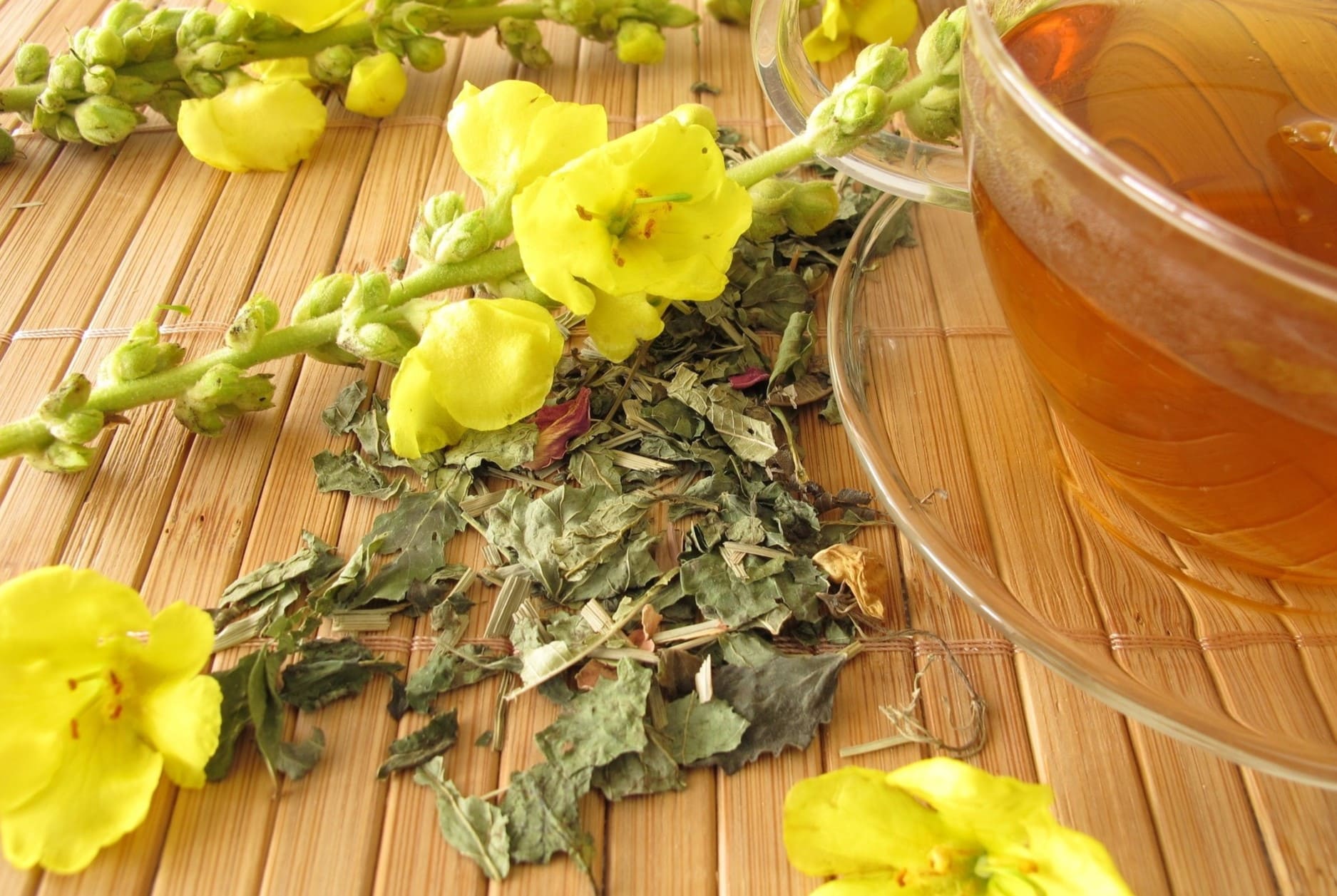
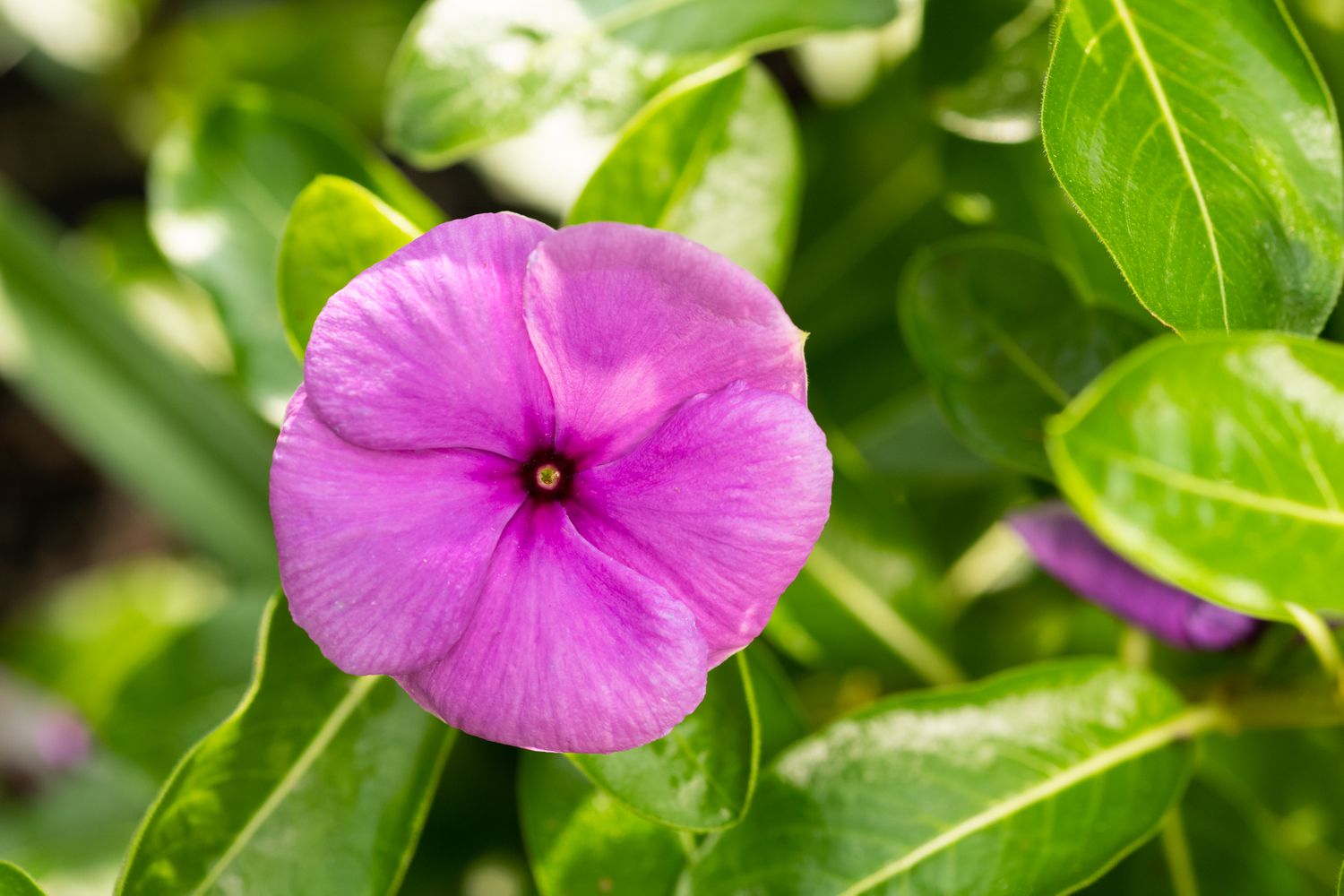
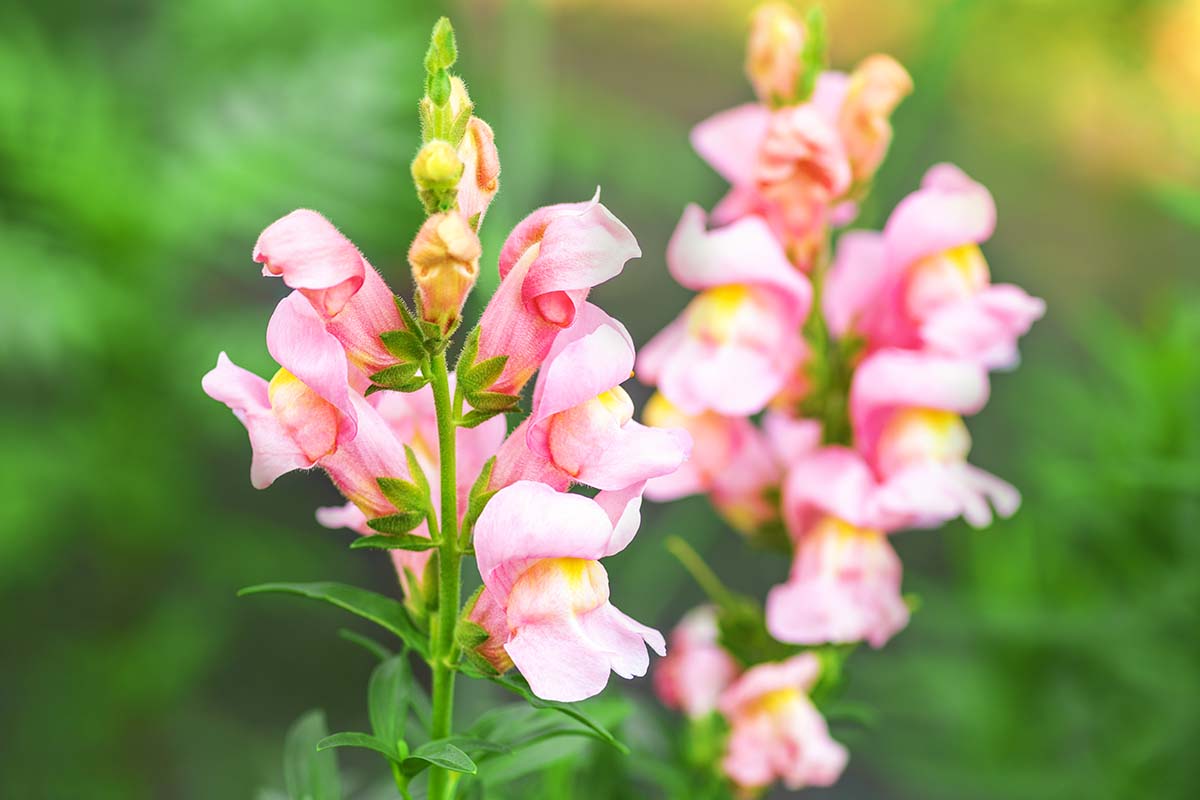

0 thoughts on “When To Plant Bluebonnet Seeds”